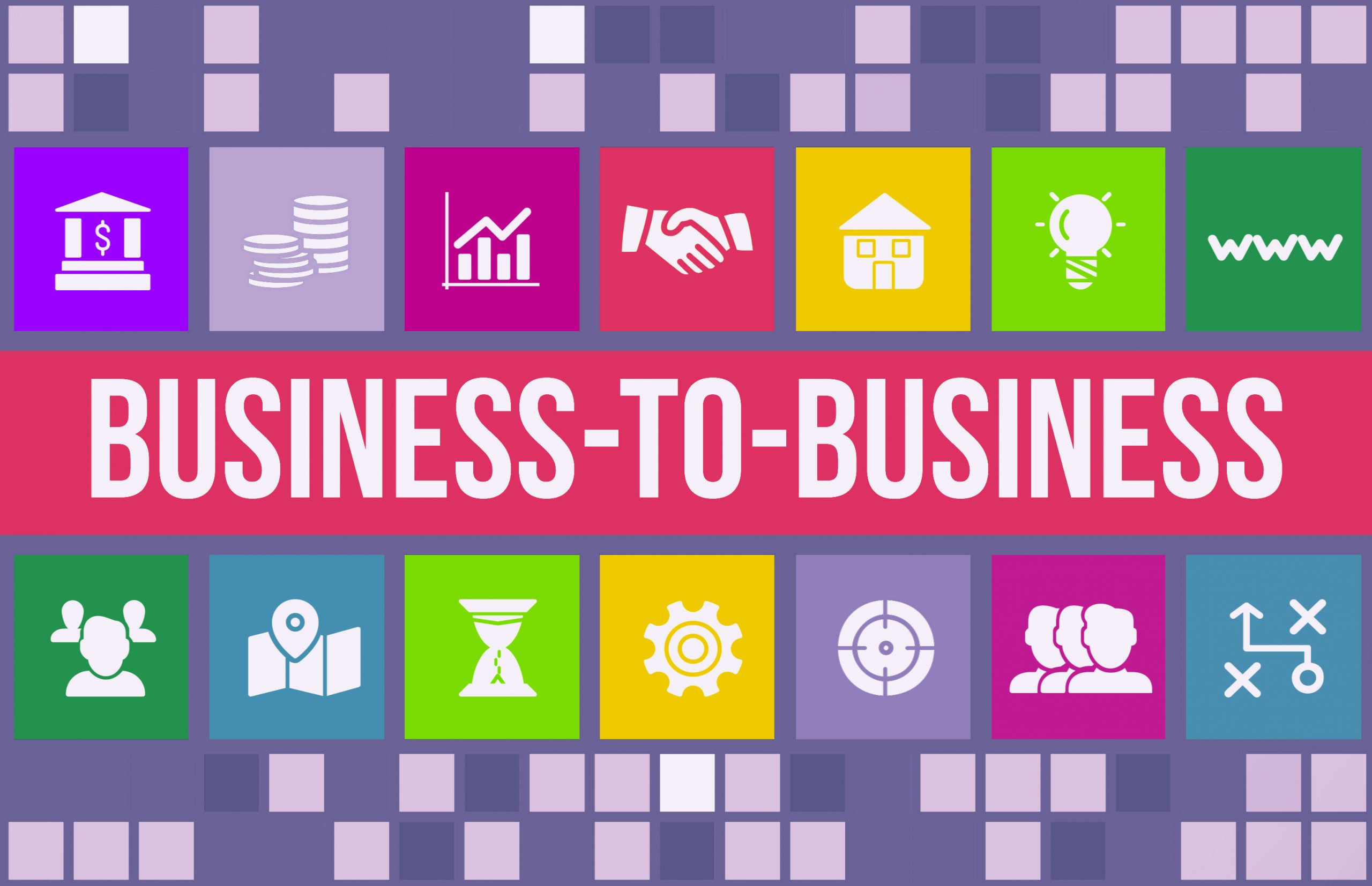
Revshare vs. Flat-rate CPA
Technically a flat-rate CPA is still a revshare. However, in affiliate marketing, revshare is often referred to when discussing a percentage-based payout. Before getting into the nuances, differences, and pros and cons of revshare vs. flat rate, let’s define both.
Revshare, by definition, is the sharing of the revenue made from a sale with the affiliate that was responsible for driving the sale. For the purpose of this blog, we’ll refer to revshare as a pay out in the form of a percentage of the sale driven. For example, an affiliate program with a 10% revshare model will payout 10% of each sale to the affiliate who sent the traffic to that advertiser.
A flat-rate CPA could technically be a flat percentage for all sales driven, but in most cases, it refers to a flat dollar amount. For the purpose of this discussion, we’ll refer to a flat-rate CPA as a payout in a flat dollar amount for each sale driven. For example, an affiliate program with a flat-rate CPA will pay affiliates $10 for every sign up the affiliate brings, regardless of whether the user signs up for a $5 service of a $500 service.
Both models have their rightful place in affiliate marketing. Ask any advertisers or affiliates, and they’ll have a preferred payout type. In this blog, we’ll run down why an advertiser might choose to offer a revshare vs. flat-rate CPA and what kinds of affiliates perform better with each model.
Revshare model
The revshare model is great for advertisers with varying product prices. E-commerce affiliate programs tend to use revshare, unless they have high-ticket items or little-to-no variation in product pricing. Revshare is predictable, and advertisers can build their payouts into the cost of goods sold to determine their net profits, much like material costs. More aggressive advertisers may take a loss on the initial sale in hopes of creating a long-time customer. Understanding the LTV of customers will impact how much an advertiser should offer their affiliates. More on that in a later blog.
Flat-rate Model
The flat-rate model is seen more often in CPL, CPI, CPM, and specific CPA campaigns. Flat-rate models might also be requested/needed by affiliates, like cashback/loyalty sites for CPA campaigns. Let’s look at why flat-rate campaigns are necessary for the affiliate space.
As you can see, revshare and flat-rate payouts have their place in any affiliate program. Knowing which model works for you as an advertiser will go a long way to ensuring the success of your program. At Magnattract, we work with revhare and flat-rate payouts all the time. Contact us to find out how our promotional methods can bring value, organic traffic, and sales to your program.
Table of contents
Related articles

Revshare vs. Flat-rate CPA
Technically a flat-rate CPA is still a revshare. However, in affiliate marketing, revshare is often referred to when discussing a percentage-based payout. Before getting into the nuances, differences, and pros and cons of revshare vs. flat rate, let’s define both.
Revshare, by definition, is the sharing of the revenue made from a sale with the affiliate that was responsible for driving the sale. For the purpose of this blog, we’ll refer to revshare as a pay out in the form of a percentage of the sale driven. For example, an affiliate program with a 10% revshare model will payout 10% of each sale to the affiliate who sent the traffic to that advertiser.
A flat-rate CPA could technically be a flat percentage for all sales driven, but in most cases, it refers to a flat dollar amount. For the purpose of this discussion, we’ll refer to a flat-rate CPA as a payout in a flat dollar amount for each sale driven. For example, an affiliate program with a flat-rate CPA will pay affiliates $10 for every sign up the affiliate brings, regardless of whether the user signs up for a $5 service of a $500 service.
Both models have their rightful place in affiliate marketing. Ask any advertisers or affiliates, and they’ll have a preferred payout type. In this blog, we’ll run down why an advertiser might choose to offer a revshare vs. flat-rate CPA and what kinds of affiliates perform better with each model.
Revshare model
The revshare model is great for advertisers with varying product prices. E-commerce affiliate programs tend to use revshare, unless they have high-ticket items or little-to-no variation in product pricing. Revshare is predictable, and advertisers can build their payouts into the cost of goods sold to determine their net profits, much like material costs. More aggressive advertisers may take a loss on the initial sale in hopes of creating a long-time customer. Understanding the LTV of customers will impact how much an advertiser should offer their affiliates. More on that in a later blog.
Flat-rate Model
The flat-rate model is seen more often in CPL, CPI, CPM, and specific CPA campaigns. Flat-rate models might also be requested/needed by affiliates, like cashback/loyalty sites for CPA campaigns. Let’s look at why flat-rate campaigns are necessary for the affiliate space.
As you can see, revshare and flat-rate payouts have their place in any affiliate program. Knowing which model works for you as an advertiser will go a long way to ensuring the success of your program. At Magnattract, we work with revhare and flat-rate payouts all the time. Contact us to find out how our promotional methods can bring value, organic traffic, and sales to your program.




